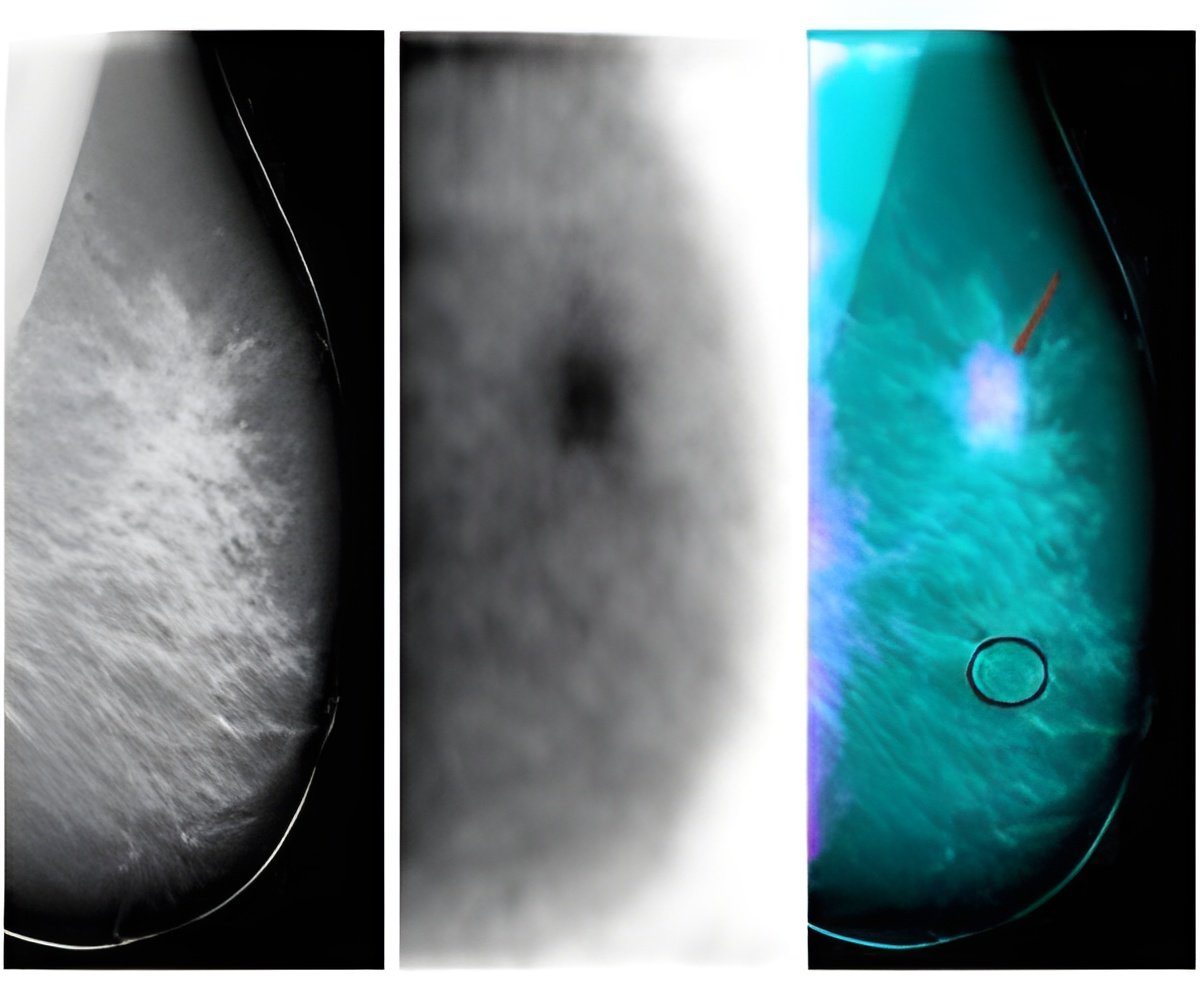
Made out of a common federally approved polymer, the implant is the first of its kind, based on a review of the literature, with modifications at the nanoscale that cause a reduction in the blood-vessel architecture on which breast cancer tumours depend - while also attracting healthy breast cells.
"We've created an (implant) surface with features that can at least decrease (cancerous) cell functions without having to use chemotherapeutics, radiation, or other processes to kill cancer cells," said Thomas Webster, associate professor of engineering and the corresponding author on the paper.
"It's a surface that's hospitable to healthy breast cells and less so for cancerous breast cells."
Webster and his lab have been modifying various implant surfaces to promote the regeneration of bone, cartilage, skin, and other cells.
In this work, he and Lijuan Zhang, a fourth-year graduate student in chemistry, sought to reshape an implant that could be used in breast reconstruction surgery that would not only attract healthy cells but also repel any lingering breast-cancer cells.
Advertisement
The result was an implant whose surface was covered with adjoining, 23-nanometer-high pimples.
Advertisement
In lab tests after one day, the 23-nanometer-peak surfaces showed a 15-percent decrease in the production of a protein (VEGF) upon which endothelial breast-cancer cells depend, compared to an implant surface with no surface modification.
The 23-nanometer surface showed greater reduction in VEGF concentration when compared to the 300-nanometer and 400-nanometer-modified implants as well.
It's unclear why the 23-nanoneter surface appears to work best at deterring breast-cancer cells.
Webster thinks it may have to do something with the stiffness of malignant breast cells.
When they come into contact with the bumpy surface, they are unable to fully wrap hemselves around the rounded contours, depriving them of the ability to ingest the life-sustaining nutrients that permeate the surface.
"This is like a bed-of-nails surface to them," Webster said.
"I would guess that surface peaks less than 23 nanometers would be even better," Webster said, although polystyrene beads with such dimensions don't yet exist.
"The more you can push up that cancerous cell, the more you keep it from interacting with the surface," Webster added.
The pair also found that the 23-nanometer semispherical surface yielded 15 percent more healthy endothelial breast cells compared to normal surface after one day of lab tests.
The study has been published in Nanotechnology.
Source-ANI














